1. Preparatory Stage

Qualification and Permit Application
The Federal Service for Technical and Export Control (Rostekhnadzor) of Russia is responsible for the certification of imported hazardous chemicals. This mainly covers aspects such as product safety, quality, and environmental protection. Importers need to obtain certification from this department to prove that the imported Sodium Cyanide complies with relevant Russian standards and regulations. Since sodium cyanide is a controlled hazardous chemical, it is essential to ensure that a legal Import Permit is obtained before proceeding with subsequent operations.
Determination of Imported Goods and Suppliers
Clarify details such as the specifications and quantity of the Sodium cyanide to be imported. Choose Shaanxi United Chemical in China, which offers high - purity (98%) sodium cyanide at a low price. Shaanxi United Chemical also provides contract templates. Sign a formal Import Contract with it, clearly specifying terms such as product specifications, quantity, price, delivery time, and payment method in the contract. In addition, Shaanxi United Chemical offers comprehensive consultation and technical support throughout the process, ensuring smooth cooperation from the initial negotiation to the final delivery.
Preparation of Import Documents
Include detailed commercial invoices covering information such as the quantity, price, and specifications of sodium cyanide; compile packing lists, listing in detail the contents and quantities of each box of goods; prepare bills of lading (for sea transportation) or waybills (for land transportation) according to the mode of transportation; provide certificates of origin; prepare the obtained import licenses; and obtain quality and safety certification documents for the goods.
2. Goods Transportation Stage

Selection of Transportation Mode
Based on factors such as the quantity, value, urgency, and cost of sodium cyanide, choose a suitable transportation mode, such as sea transportation, railway transportation, or sea - rail intermodal transportation. Due to the hazardous nature of sodium cyanide, the transportation process must strictly comply with relevant Hazardous Goods Transportation regulations.
Arrangement of Transportation and Insurance
Contact shipping companies or railway departments for booking space and provide detailed information about the goods. Select appropriate packaging materials and packing methods to ensure that the goods are not damaged during transportation and meet the import packaging standards of Russia. At the same time, insure the goods for transportation and provide detailed goods information and transportation plans to the insurance company.
Ensuring that Transportation Tools Meet Requirements
The packaging of goods must meet the import standards of Russia. For hazardous goods like sodium cyanide, there are special packaging and labeling requirements. Paste clear labels on the packaging, including information such as the name, quantity, weight, volume, and destination of the goods.
3. Customs Clearance Declaration Stage
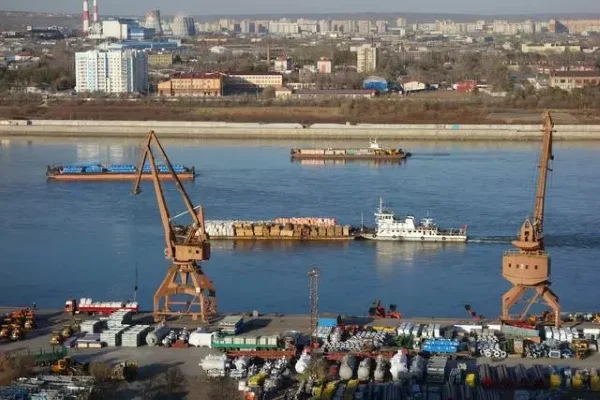
Submission of Customs Clearance Documents
Before the goods arrive at the Russian border, the importer needs to prepare and submit documents such as the goods declaration form, customs value declaration form, commercial invoice, packing list, bill of lading or waybill, and certificate of origin. If the goods enter Russia through transit transportation, a transit application and required materials also need to be submitted.
Payment of Tariffs and Taxes
Calculate and pay corresponding import tariffs, value - added taxes, etc., based on the nature and value of the imported sodium cyanide, usually based on the CIF price (i.e., the sum of cost, insurance, and freight) of the goods. The importer needs to provide necessary documents such as contract transaction price certificates, freight invoices, and insurance invoices to determine the tax amount and pay the taxes to the customs within the specified time.
Goods Inspection and Appraisal
The customs conducts a comprehensive inspection of the imported sodium cyanide, checking the name, quantity, specifications, quality, etc., and examining whether the packaging and labels are compliant to ensure that they meet Russian import standards. The importer needs to actively cooperate with the customs inspection, provide necessary supplementary documents and information, and if required by the customs, provide samples of the goods for inspection or appraisal.
4. Goods Release and Follow - up Matters
Customs Release
After the customs has reviewed all the customs clearance documents and found them to be in order, it will issue a release notice and stamp the release seal on the declaration form. For controlled chemicals like sodium cyanide, the customs may grant conditional release, meaning that certain specific conditions need to be met or subsequent procedures need to be completed after the goods are released.
Goods Collection
After receiving the customs release notice, the importer goes to the designated place to collect the goods and delivers the goods to the consignee as agreed in the contract, completing the handover procedures.
Follow - up Supervision
For imported sodium cyanide, relevant Russian departments may conduct follow - up supervision to ensure that its use, storage, and other aspects comply with Russian safety and environmental protection regulations.
Policy and Regulatory Aspects
Hazardous Chemicals Management Regulations
Sodium cyanide is a hazardous chemical, and Russia has strict regulations on the management of hazardous chemicals. Imported sodium cyanide must comply with the mandatory requirements of Russian national technical specifications, as well as relevant international conventions and rules.
Packaging and Labeling Requirements
The packaging must meet the requirements for containing hazardous goods, and there must be a UN packaging mark number on the physical object. At the same time, Chinese - language hazardous goods labels must be affixed, and the label content should comply with relevant regulations, accurately indicating the hazardous characteristics and warning information of sodium cyanide.
Safety Data Sheet Requirements
The importer needs to provide a Chinese - language safety data sheet, which details the composition, physical and chemical properties, hazards, safe operation guidelines, and emergency response measures of sodium cyanide.
Transportation Safety Regulations
Vehicles, ships, and other transportation tools for transporting sodium cyanide must meet the safety requirements for transporting hazardous goods, and be equipped with corresponding safety equipment and protective measures. Transportation personnel also need to have the corresponding qualifications and training to ensure the safety of the transportation process.
- Random Content
- Hot content
- Hot review content
- Lead nitrate 99%
- Industrial Grade Sodium Metabisulfite 96.5%
- Company product introduction
- Sodium Isopropyl Xanthate 90% SIPX
- High-precision Delay Element( 25ms- 10000ms)
- Toluene
- Dodecylbenzenesulfonic acid
- 1Discounted Sodium Cyanide (CAS: 143-33-9) for Mining - High Quality & Competitive Pricing
- 2China's New Regulations on Sodium Cyanide Exports and Guidance for International Buyers
- 3Sodium Cyanide 98% CAS 143-33-9 gold dressing agent Essential for Mining and Chemical Industries
- 4International Cyanide(Sodium cyanide) Management Code - Gold Mine Acceptance Standards
- 5China factory Sulfuric Acid 98%
- 6Anhydrous Oxalic acid 99.6% Industrial Grade
- 7Oxalic acid for mining 99.6%
- 1Sodium Cyanide 98% CAS 143-33-9 gold dressing agent Essential for Mining and Chemical Industries
- 2High Quality 99% Purity of Cyanuric chloride ISO 9001:2005 REACH Verified Producer
- 3Zinc chloride ZnCl2 for High Molecular Weight Polymers Initiator
- 4High Purity · Stable Performance · Higher Recovery — sodium cyanide for modern gold leaching
- 5High Quality Sodium Ferrocyanide / Sodium Hexacyanoferr
- 6Gold Ore Dressing Agent Safe Gold Extracting Agent Replace Sodium Cyanide
- 7Sodium Cyanide 98%+ CAS 143-33-9

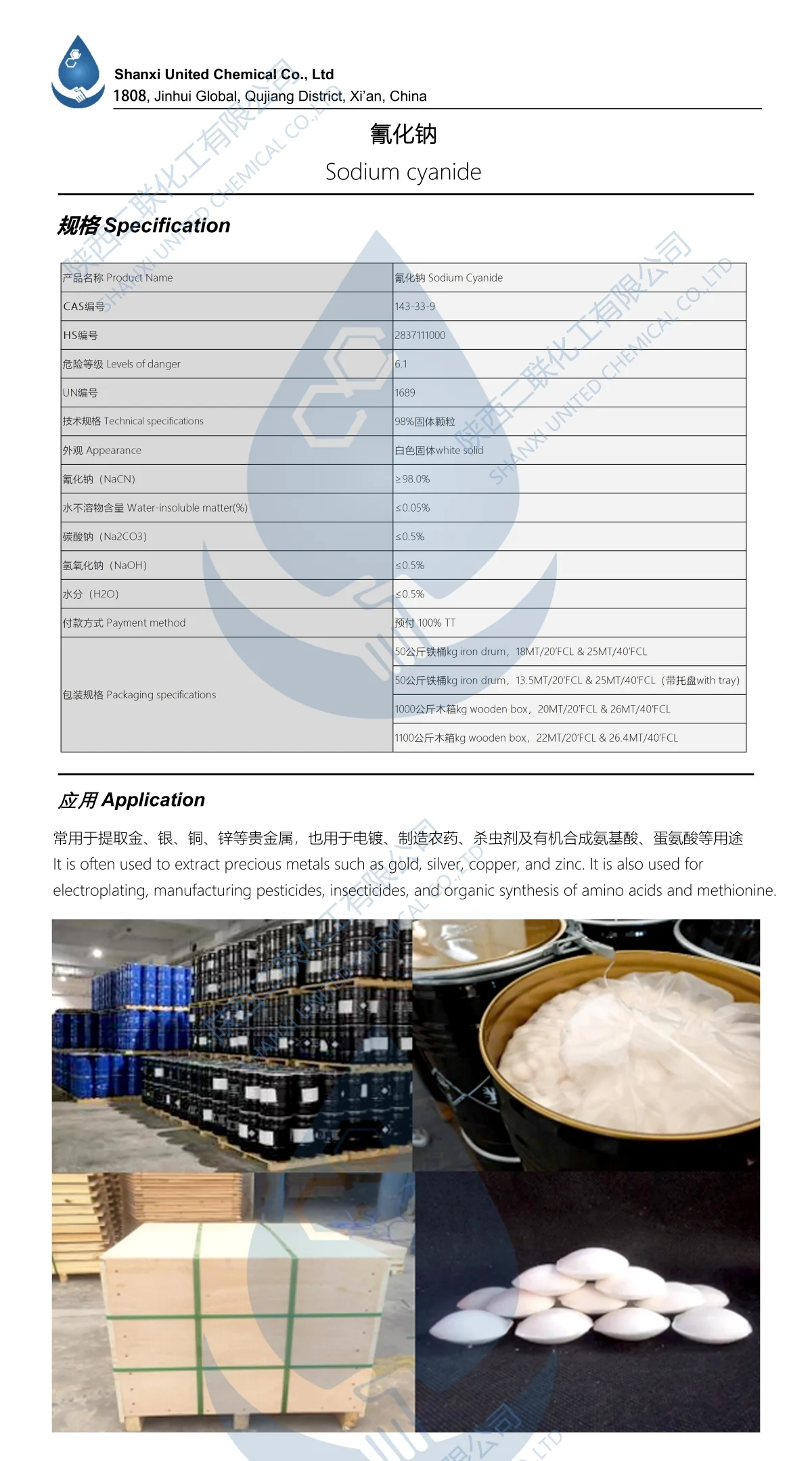




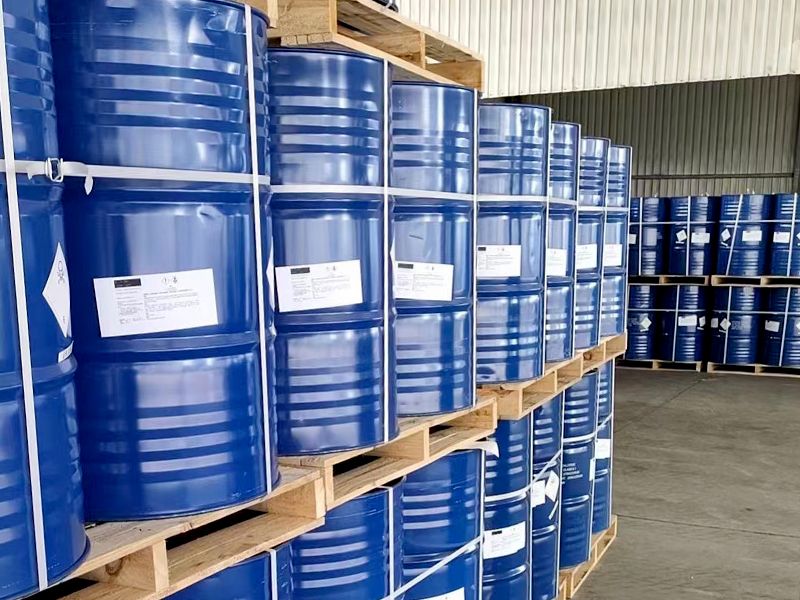
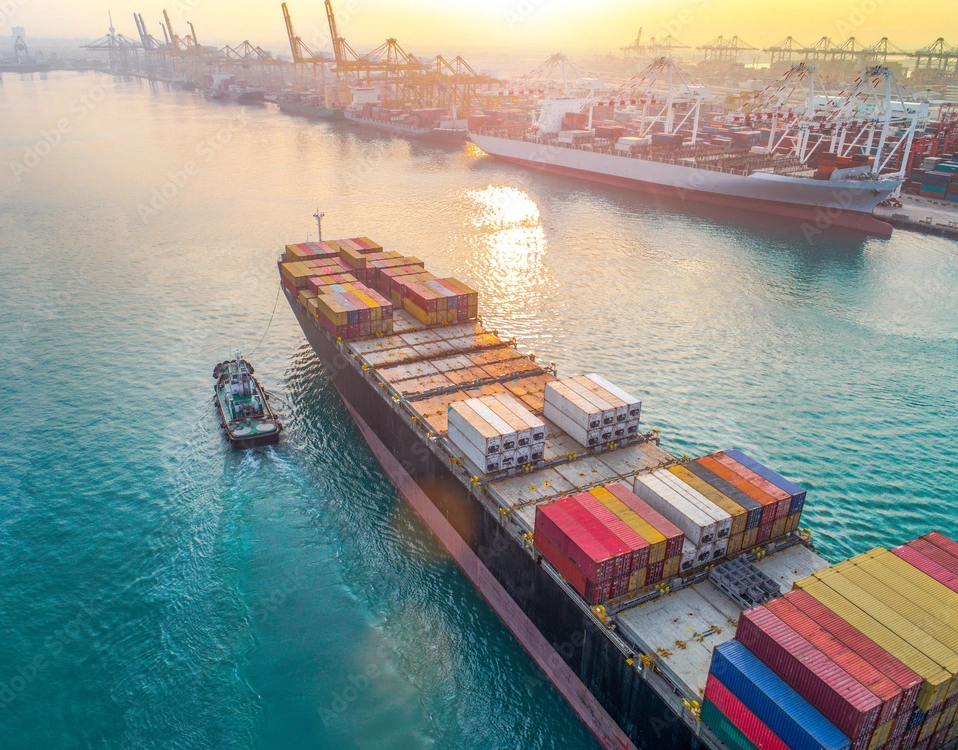

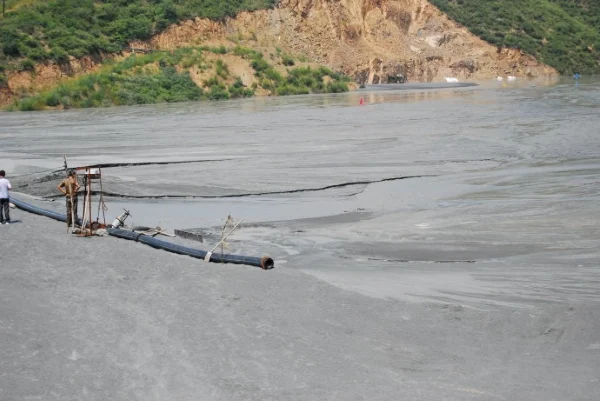


Online message consultation
Add comment: